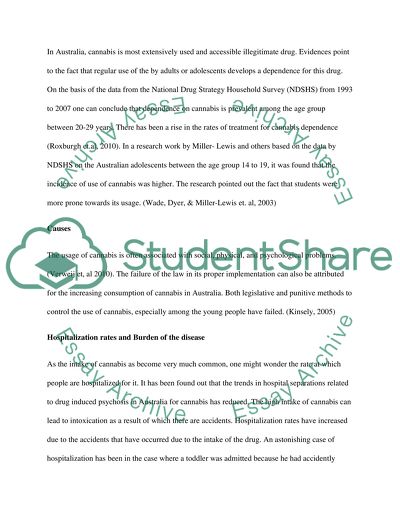Cite this document
(“Diagnostic and Statistical Manual of Mental Disorders Essay”, n.d.)
Retrieved de https://studentshare.org/nursing/1391293-case-study
Retrieved de https://studentshare.org/nursing/1391293-case-study
(Diagnostic and Statistical Manual of Mental Disorders Essay)
https://studentshare.org/nursing/1391293-case-study.
https://studentshare.org/nursing/1391293-case-study.
“Diagnostic and Statistical Manual of Mental Disorders Essay”, n.d. https://studentshare.org/nursing/1391293-case-study.


